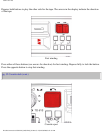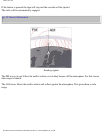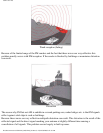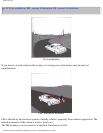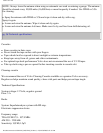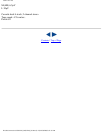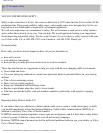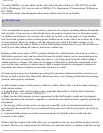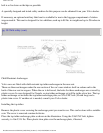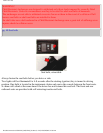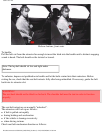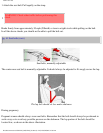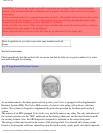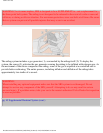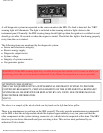
1992 Volvo 240
To contact NHTSA, you may either call the Auto Safety Hotline toll-free at 1-800-424-9393 (or 366-
0123 in Washington, D.C. area) or write to: NHTSA, U.S. Department of Transportation, Washington,
D.C. 20590.
You can also obtain other information about motor vehicle safety from the Hotline.
pg. 38 Child safety
Volvo recommends the proper use of restraint systems for all occupants, including children. Remember
that regardless of age and size, a child should always be properly restrained in a car. Restraint systems
for children are designed to be secured in the vehicle by lap belts or the lap portion of a lap-shoulder
belt. Such child restraint systems can help protect children in cars in the event of an accident only if they
are used properly. However, children could be endangered in a crash if the child restraints are not
properly secured in the vehicle. Failure to follow the installation instructions for you child restraint can
result in your child striking the vehicle's interior in a sudden stop.
Holding a child in your arms is NOT a suitable substitute for a child restraint system. In an accident, a
child held in a person's arms can be crushed between the vehicle's interior and an unrestrained person.
The child could also be injured by striking the interior, or by being ejected from the vehicle during a
sudden maneuver or impact. The same can also happen if the infant or child rides unrestrained on the
seat or in the cargo section of a station wagon. Other occupants should also be properly restrained to
help reduce the chance of injuring or increasing the injury of a child.
All states and provinces have legislation governing how and where children should be carried in a car.
Recent accident statistics have shown that children are safer in rear seating positions than front seating
positions when properly restrained.
A child restraint systems can help protect a child in a vehicle. Here's what to look for when selecting a
child restraint system:
● It should have a label certifying that it meets applicable Federal Motor Vehicle Safety Standards
(FMVSS 213-80) - or in Canada, CMVSS 213.
● Make sure the child restraint system is appropriate for the child's height, weight and development -
the label required by the standard or regulation, or instructions for infant restraints, typically provide this
information.
● In using any child restraint system, we urge you to carefully look over the instructions that are
provided with the restraint. Be sure you understand them and can use the device properly and safely in
this vehicle.
● A misused child restraint can result in increased injuries for both the infant or child and other
occupants in the vehicle.
When a child has outgrown the child safety seat, you should use the rear seat with the standard seat belt
fastened. The best way to help protect the child here is to place the child on a cushion so that the seat lap
file:///K|/ownersdocs/1992/1992_240/92240_037.htm (2 of 10)12/30/2006 9:31:26 AM



